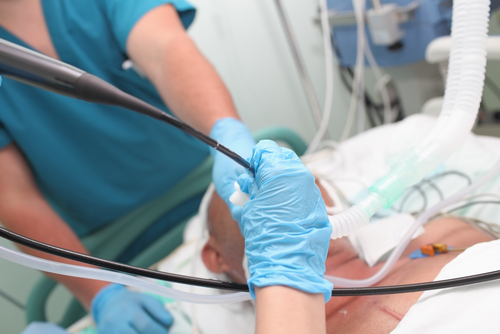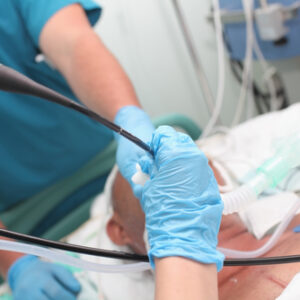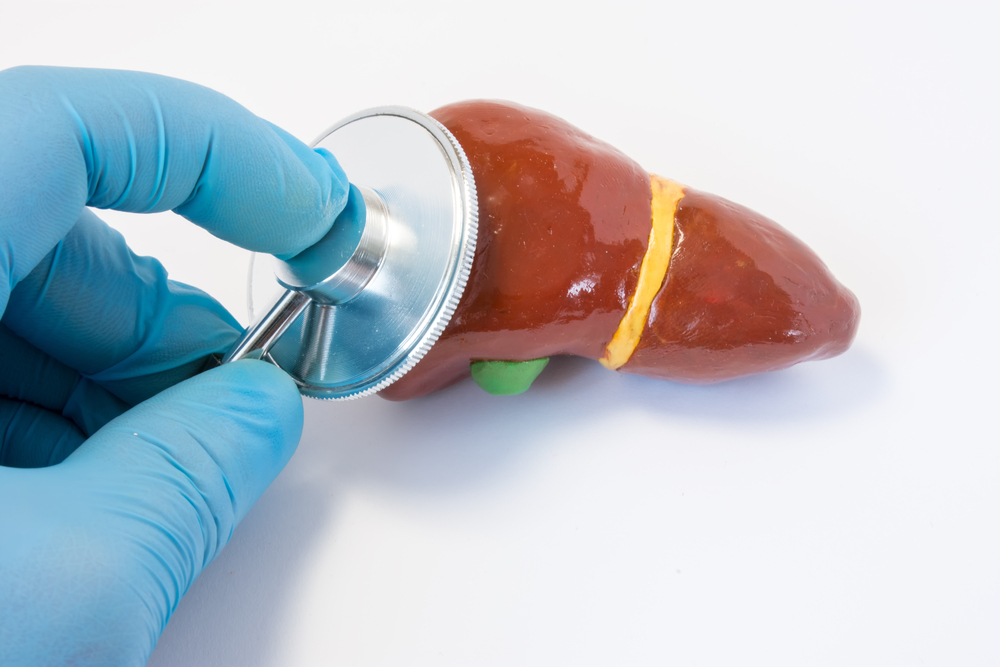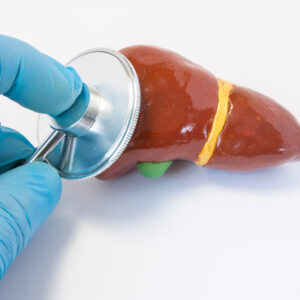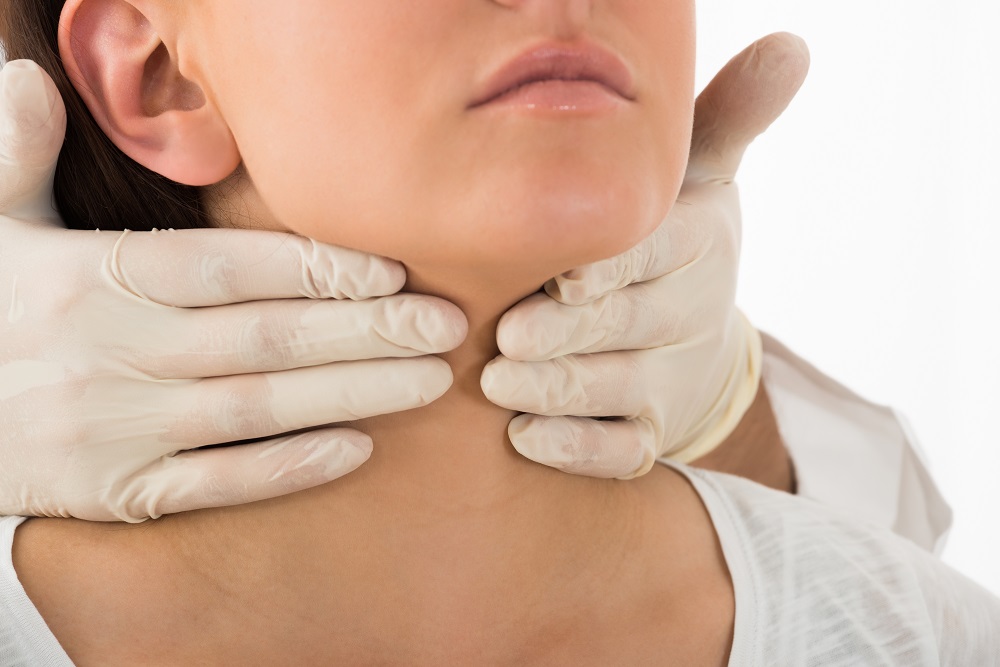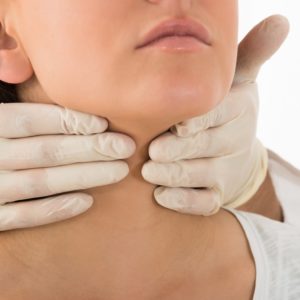What is a CT Scan?
CT scan, also known as computed tomography, is a medical imaging technique that uses X-rays to create cross-sectional images of the body. It reconstructs two-dimensional and three-dimensional images to observe organ changes and details. CT scans are commonly used for the following examinations:
- Bone, joint, or organ injuries or abnormalities, including fractures and strokes.
- Diagnosis of cancer to determine tumor size and location.
- Guiding biopsies, surgeries, and radiation therapy for cancer diagnosis and treatment.
CT Scan by body parts: What conditions can be diagnosed?
Diseases diagnosed:
Lung cancer, emphysema, pneumonia, pulmonary embolism, etc.
Suitable for individuals:
High-risk individuals for lung cancer, persistent cough, shortness of breath, or chest pain.
Duration:
Approximately 5 minutes.
Diseases diagnosed:
Liver abnormalities, pancreatitis, kidney stones, etc.
Suitable for individuals:
Unexplained abdominal pain, digestive problems, or suspected tumors.
Duration:
Approximately 10 to 30 minutes.
Diseases diagnosed:
Brain tumors, stroke, multiple sclerosis, etc.
Suitable for individuals:
Patients with neurological symptoms or a history of head injury.
Duration:
Approximately 10 minutes.
Diseases diagnosed:
Various heart diseases such as coronary artery disease, heart attack, and atherosclerosis.
Suitable for individuals:
Suspected cardiovascular disease or high-risk patients.
Duration:
Approximately 10 to 15 minutes.
CT Scan Procedures
The process of a computer scan (CT scan) examination is relatively simple and typically takes no more than 30 minutes, although the duration may vary depending on the body part being scanned. Here are the steps involved:
- The patient undergoing the examination wears loose and comfortable clothing and removes all metal objects from their body.
- The patient lies down on the examination table and remains still.
- As the examination proceeds, the examination table moves into the injector for contrast medium.
- Contrast medium is injected into the patient’s body through a vein using an intravenous injection.
- The examination table slides into the CT scanning machine and performs multiple scans to generate images.
Risks of CT Scan
Undergoing a computer scan (CT scan) exposes the body to ionizing radiation, which may increase the risk of cancer. However, the radiation exposure from a CT scan is minimal, and in most cases, the benefits of the examination outweigh the risks.
Precautions before CT Scan
- Fasting for several hours may be required before the examination.
- Avoid consuming beverages containing caffeine or alcohol for at least 24 hours prior to the examination.
- Inform the doctor about any allergies, asthma, or pregnancy.
- Do not bring any metal objects.
- Remove all jewellery, dentures, and removable dental work before the examination.
Aftercare Tips of CT Scan
In general, individuals who undergo a computer scan (CT scan) examination experience no side effects and can go home shortly afterward. They can resume normal activities such as eating, drinking water, working, and driving. If a contrast medium is used, the doctor may advise waiting for up to an hour in the hospital to ensure there is no reaction.
CT Scan Pricing at Government Hospital
The cost of CT scans in private medical services at public hospitals ranges from $740 to $5,480.
CT Scan Pricing at Private Hospitals
| Private Hospital | Price |
| CUHK Medical Centre | HK$2,550 – HK$6,780 |
| Gleneagles Hospital Hong Kong | HK$4,050 – HK$12,800 |
| Canossa Hospital | HK$4,410 – HK$12,240 |
| Hong Kong Adventist Hospital – Stubbs Road | HK$6,400 – HK$11,840 |
| Hong Kong Sanatorium & Hospital | HK$4,740 – HK$10,240 |
| Matilda International Hospital | HK$4,250 – HK$12,720 |
| St. Paul’s Hospital | HK$1,590 – HK$9,800 |
| Evangel Hospital | HK$3,000 – HK$10,300 |
| St. Teresa’s Hospital | HK$1,450 – HK$9,100 |
| Hong Kong Adventist Hospital – Tsuen Wan | HK$2,940 – HK$10,500 |
| Union Hospital* | HK$4,000 – HK$6,600 |
| Hong Kong Baptist Hospital | HK$2,350 – HK$10,980 |
| Precious Blood Hospital (Caritas) | HK$1,995 – HK$9,923 |
| Private Hospital | Price |
| CUHK Medical Centre | HK$3,150 – HK$6,240 |
| Gleneagles Hospital Hong Kong | HK$3,690 – HK$20,800 |
| Canossa Hospital | HK$6,615 – HK$18,365 |
| Hong Kong Adventist Hospital – Stubbs Road | HK$6,200 – HK$11,470 |
| Hong Kong Sanatorium & Hospital | HK$4,180 – HK$16,980 |
| Matilda International Hospital | HK$4,250 – HK$12,720 |
| St. Paul’s Hospital | HK$3,000 – HK$14,960 |
| Evangel Hospital | HK$3,000 – HK$12,400 |
| St. Teresa’s Hospital | HK$2,250 – HK$9,100 |
| Hong Kong Adventist Hospital – Tsuen Wan | HK$2,730 – HK$13,950 |
| Union Hospital* | HK$3,200 – HK$9,200 |
| Hong Kong Baptist Hospital | HK$3,530 – HK$14,595 |
| Precious Blood Hospital (Caritas) | HK$5,145 – HK$11,498 |
| Private Hospital | Price |
| CUHK Medical Centre | HK$2,250 – HK$5,370 |
| Gleneagles Hospital Hong Kong | HK$2,970 – HK$12,480 |
| Canossa Hospital | HK$2,950 – HK$5,460 |
| Hong Kong Adventist Hospital – Stubbs Road | HK$2,500 – HK$8,320 |
| Hong Kong Sanatorium & Hospital | HK$4,010 – HK$6,820 |
| Matilda International Hospital | HK$2,670 – HK$8,240 |
| St. Paul’s Hospital | HK$2,040 – HK$5,990 |
| Evangel Hospital | HK$2,100 – HK$5,800 |
| St. Teresa’s Hospital | HK$1,450 – HK$6,000 |
| Hong Kong Adventist Hospital – Tsuen Wan | HK$1,890 – HK$6,900 |
| Union Hospital* | HK$2,300 – HK$4,200 |
| Hong Kong Baptist Hospital | HK$2,380 – HK$6,675 |
| Precious Blood Hospital (Caritas) | HK$2,205 – HK$3,308 |
| Private Hospital | Price |
| CUHK Medical Centre | HK$6,050 – HK$7,950 |
| Gleneagles Hospital Hong Kong | HK$7,650 – HK$13,600 |
| Canossa Hospital | HK$7,000 – HK$12,950 |
| Hong Kong Adventist Hospital – Stubbs Road | N/A |
| Hong Kong Sanatorium & Hospital | HK$8,750 – HK$10,500 |
| Matilda International Hospital | HK$7,870 – HK$14,520 |
| St. Paul’s Hospital | HK$8,430 – HK$10,790 |
| Evangel Hospital | HK$7,100 – HK$11,500 |
| St. Teresa’s Hospital | HK$5,600 – HK$12,400 |
| Hong Kong Adventist Hospital – Tsuen Wan | HK$2,520 – HK$11,400 |
| Union Hospital* | N/A |
| Hong Kong Baptist Hospital | HK$8,220 – HK$12,330 |
| Precious Blood Hospital (Caritas) | HK$7,245 – HK$10,868 |
- Note 1: The difference in the above fees is mainly due to the specific body part being examined and the use of contrast agents.
- Note 2: The above fees are collected online on June 21, 2024, and they are subject to the pricing of the hospitals or clinics.
- *The prices for Union Hospital and public hospitals do not specify the ward class.
Does insurance cover CT Scan?
Bowtie’s VHIS plan provides coverage for “Diagnostic Examinations” which are medical tests recommended in writing by the attending registered doctor based on your symptoms. CT scans fall under the “prescribed diagnostic imaging tests” coverage item in Bowtie’s voluntary health insurance plan, and the coverage amounts vary depending on the plan. The table below shows the annual coverage limits for each level of Bowtie’s VHIS as a reference:
| Standard | Flexi (Regular/ Plus) | Bowtie Pink | |
Diagnostic Examinations, including:
| HK$20,000 / Year (With 30% Co-insurance) | Regular: HK$26,000 / Year Flexi: HK$40,000 / Year (With 30% Co-insurance) | Full Coverage# |
In addition, Bowtie’s voluntary health insurance also covers other surgical expenses, such as surgeon’s fees, attending physician’s ward rounds fees, anesthesiologist’s fees, operating room fees, and ward and meal expenses!
- # Full coverage shall mean no itemized benefit sub-limits, and applies to designated benefit items only. The benefit payable shall be subject to the remaining deductible (if applicable), annual benefit limit, lifetime benefit limit and other limitations such as reasonable and customary charges, a pre-existing condition, “List of Designated Hospitals in Mainland China” and receiving medical treatment in the United States. For detailed terms and conditions, product risks, and exclusions, please refer to the relevant product website and policy.
Get Instant Personalised Quote
Bowtie provides a premium calculator that allows you to estimate your monthly premium for VHIS based on factors such as age, gender, and smoking habits.
Bowtie VHIS (Standard/ Flex) Premiums Calculator
Bowtie Pink Premiums Calculator
How to claim?
Claims Process
Bowtie’s voluntary health insurance claims process is simple and straightforward. Here are the steps:
- Prepare the required documents
- Log in to your Bowtie account and apply for the claim (click on the “Log in to Claim” button on the left)
- Answer a few questions about the medical examination
- Submit your bank details
- Upload the required documents
- Wait for approval
- Receive your compensation
What documents are needed for the claim?
You will need to prepare the following three documents to successfully apply for the claim:
- Hospital compensation application form filled and signed by the doctor
- Original hospital receipt
- All pathology reports
Private hospitals usually have hospital compensation application forms for different insurance companies. As long as you let the doctor know which medical insurance you have bought, they will have experience in filling out the form. It is recommended to prepare a list of your medical insurance coverage for the doctor’s reference.
How long does it take to receive compensation after applying for the claim?
The time required for each claim depends on the complexity of the case. About 80% of cases are approved within 10 working days, and the compensation amount will be transferred to your designated bank account within 3 working days after successful approval.
- #Data as of October 2021
FAQs
The main difference between the two is the technology used for the scan. CT scans use X-rays to create detailed images of the body’s internal structures, while MRI scans use a combination of magnetic fields and radio waves. CT scans are better suited for displaying dense tissues such as bones and lungs, while MRI scans are better suited for soft tissue imaging, such as the brain and spinal cord.
Although CT scans can provide clear images of dense tissues such as bones, they are not as effective at imaging soft tissues. To image these soft tissues, a contrast agent is usually injected. The contrast agent blocks X-rays from passing through the soft tissue and appears as a white area on the image, making blood vessels and organs more visible.
Contrast agents are typically made from iodine or barium sulfate, and can be injected into the body through methods such as injection, oral consumption, or enema. After the examination, the patient should drink plenty of water to flush out the contrast agent from the body.
Most people experience only mild allergic reactions to contrast agents, such as a rash, redness, or itching. However, patients with a history of allergies may experience more severe reactions, such as swelling of the throat or difficulty breathing. Therefore, before undergoing a CT scan, patients should inform their doctor of any medications they are taking, allergies they have, and any history of asthma, hives, diabetes, eczema, or allergic rhinitis.
Although CT scans involve more radiation than traditional X-rays, the risk of developing cancer from the radiation exposure is not high because patients are only exposed to radiation for a short period of time. According to the UK National Health Service (NHS), the probability of developing cancer due to a CT scan is less than 1 in 2,000.
According to consumerreports.org, in some cases, a CT scan can emit a large amount of radiation, equivalent to the radiation exposure from about 200 X-rays or 7 years of exposure to natural radiation sources.
| Body Party | Equals Exposure Time to Natural |
| Head | 8 months |
| Spine | 2 years |
| Abdomen and Pelvis | 3 years |
| Cardiac Imaging | 4 years |
Although there is currently no evidence to suggest that CT scans can harm fetuses, pregnant women are not recommended to undergo CT scans. Patients should also consult with their doctor before undergoing a scan.


